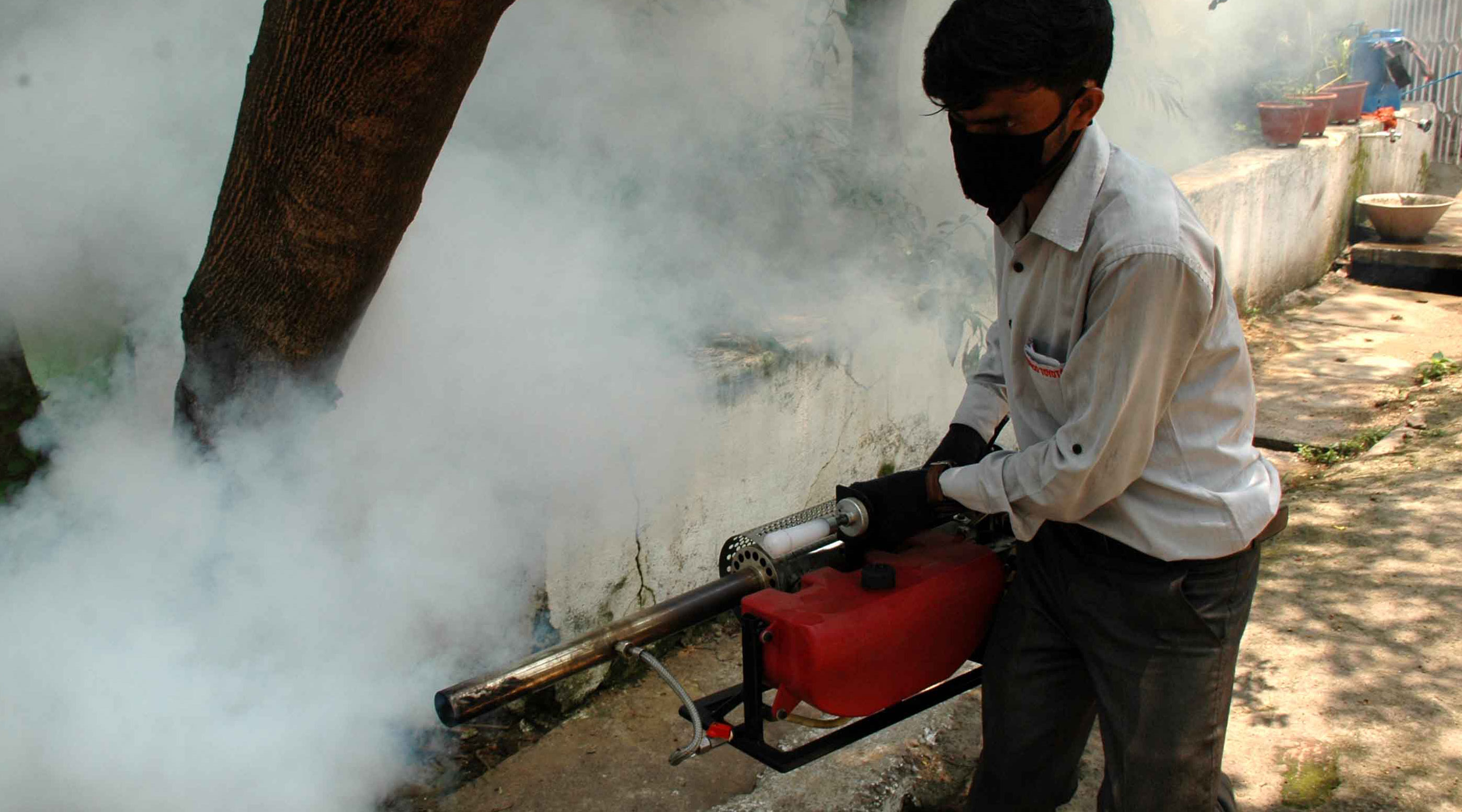Jharkhand will hold its first entomological survey from July as a part of its effort to make the state malaria free by 2027 with the findings enabling the use of effective vector control measures in high-prevalence districts.
“We are focussing on malaria elimination… and in line with this effort, we have planned for an entomological survey in three districts based on malaria prevalence. State entomologist has been given additional responsibility of zonal units for planning, monitoring and execution of the study,” said state principal secretary health Nitin Madan Kulkarni.
As per data available with the National Vector Borne Disease Control Program (under Union health ministry), India reported a total of 3,34,693 malaria cases in 2019 of which Jharkhand contributed 36,552 cases. In terms of malaria cases, Uttar Pradesh has the maximum number with 92,732, followed by Chhattisgarh with 60,575 and neighbouring Odisha with 39,557.
“The entomological plan will be carried out in selected three districts Jamtara (low endemic), East Singhbhum (moderately endemic) and West Singhbhum (highly endemic). The data generated from the survey will enable the selection and use of the most appropriate vector control tools and the process which can be used to monitor their effectiveness,” said mission director National Health Mission (NHM) Jharkhand Shailesh Kumar Chourasia.
All 24 districts of the state are malaria endemic, but data indicates that 13 districts are most vulnerable to malaria. These are West Singhbhum, Simdega, Sahebganj, Lohardaga, Gumla, Dumka, Ranchi, Khunti, East Singhbhum, Seraikela-Kharsawan, Pakur, Godda and Latehar.
In 2018, 57,113 cases of malaria were reported in Jharkhand with four casualties. In 2019, 36,552 cases were reported in with two casualties.
Mosquitoes adapting to insecticide use for vector control is also a major factor in malaria cases being reported despite government efforts in the last few years.
“Remarkable advances in the fight against malaria have been achieved within the past five years mainly through the massive scale-up of long-lasting insecticide-treated nets (LLINs) and indoor residual spraying and fogging. Despite the increased efforts the expected progress in reducing malaria burden has not been achieved so far,” said state entomologist Sagya Singh.
The entomologist, however, said that bivalent rapid diagnostic kits and new drug policy (artemisinin-based combination therapies- ACTs) have been used in the state for last few years for treatment against plasmodium falciparum, the most deadly form of malaria parasite with treatment success rate of 90 per cent.











